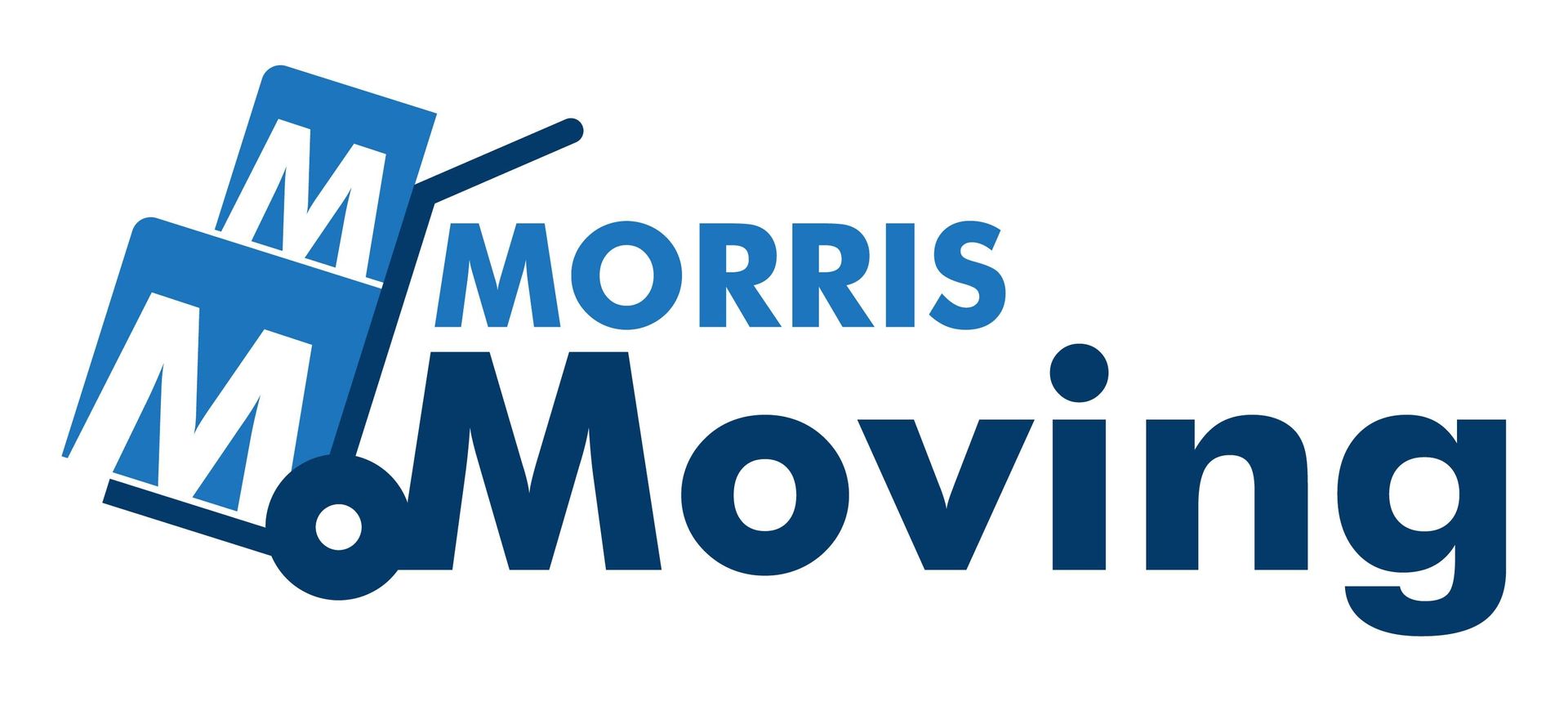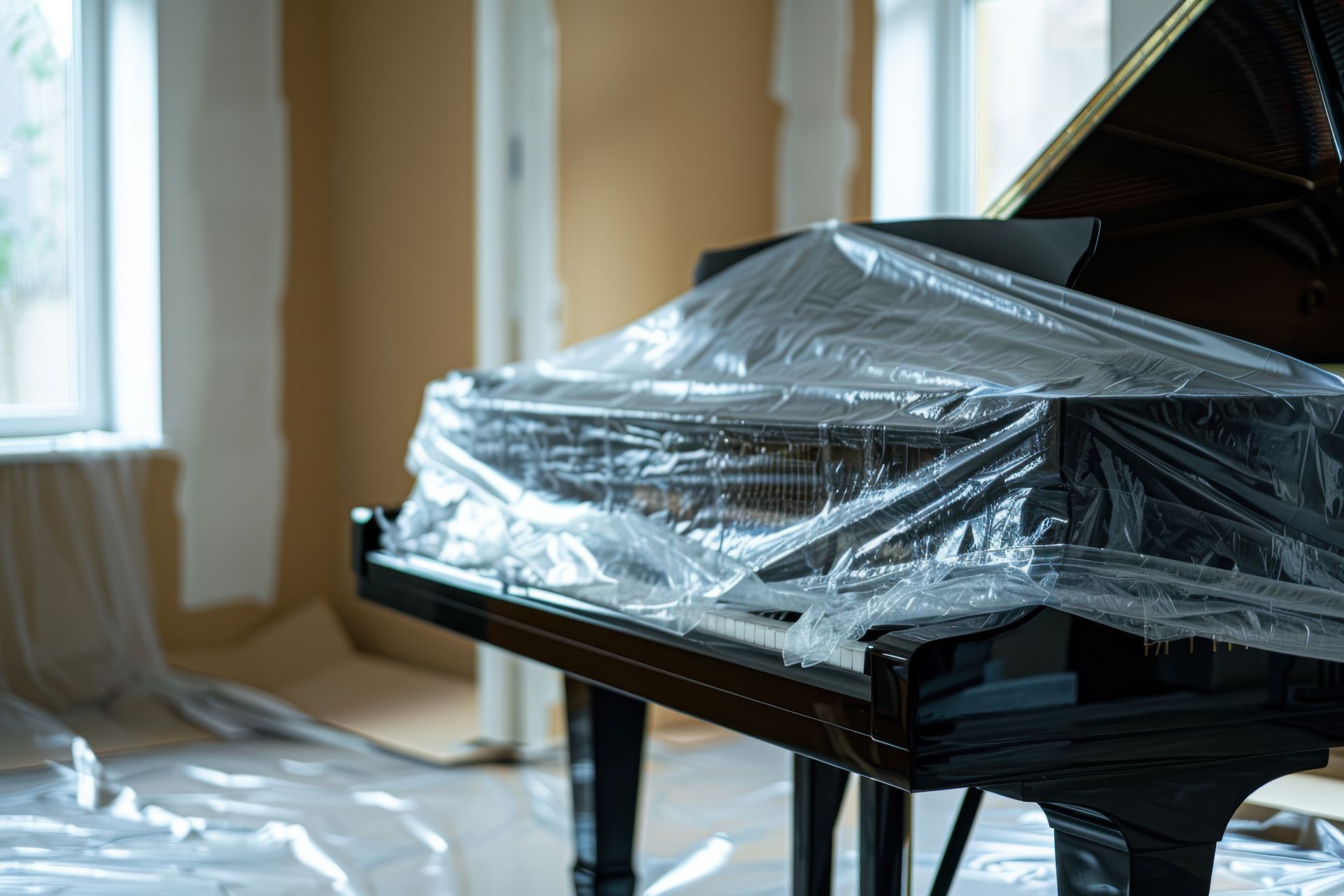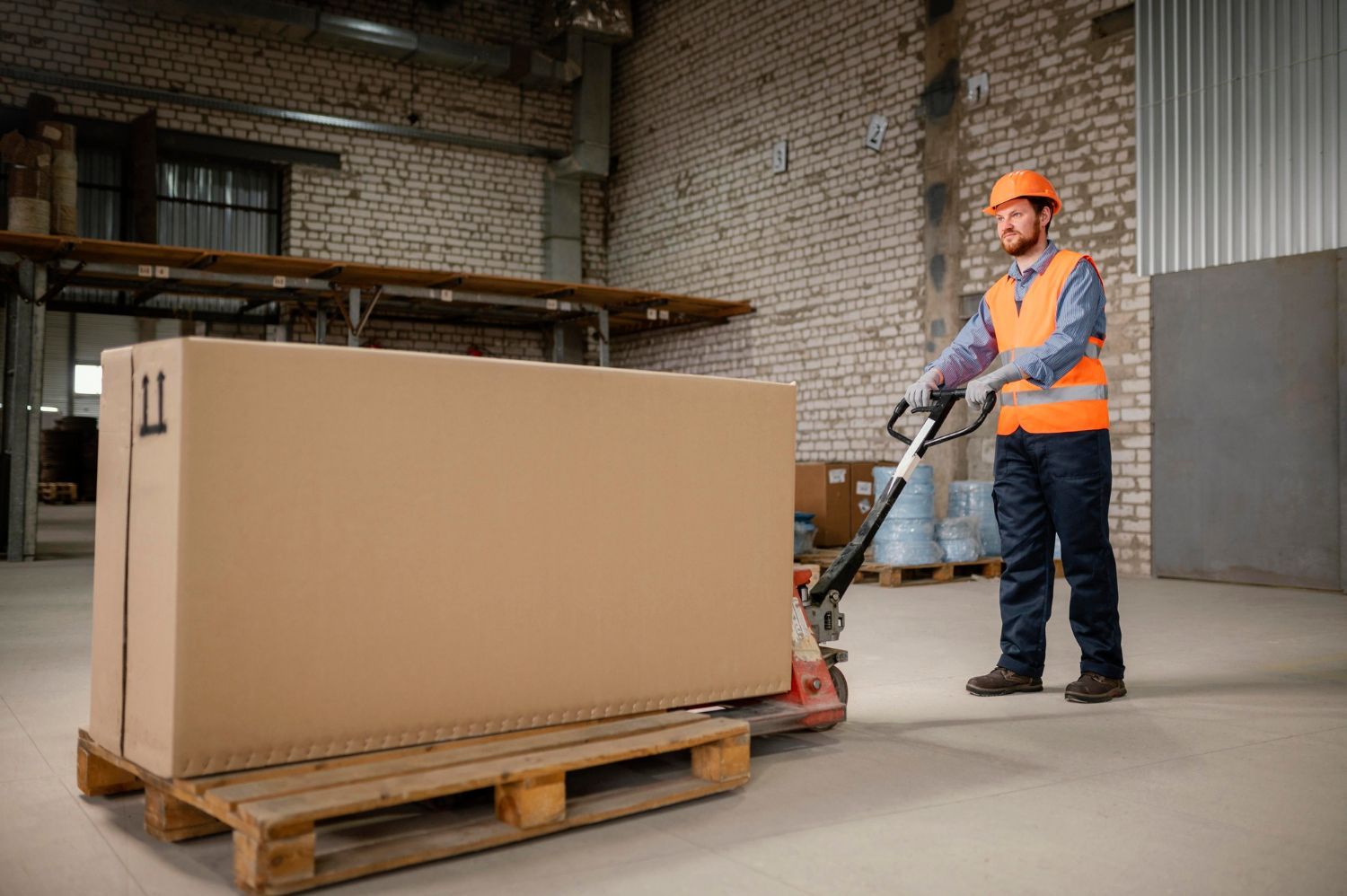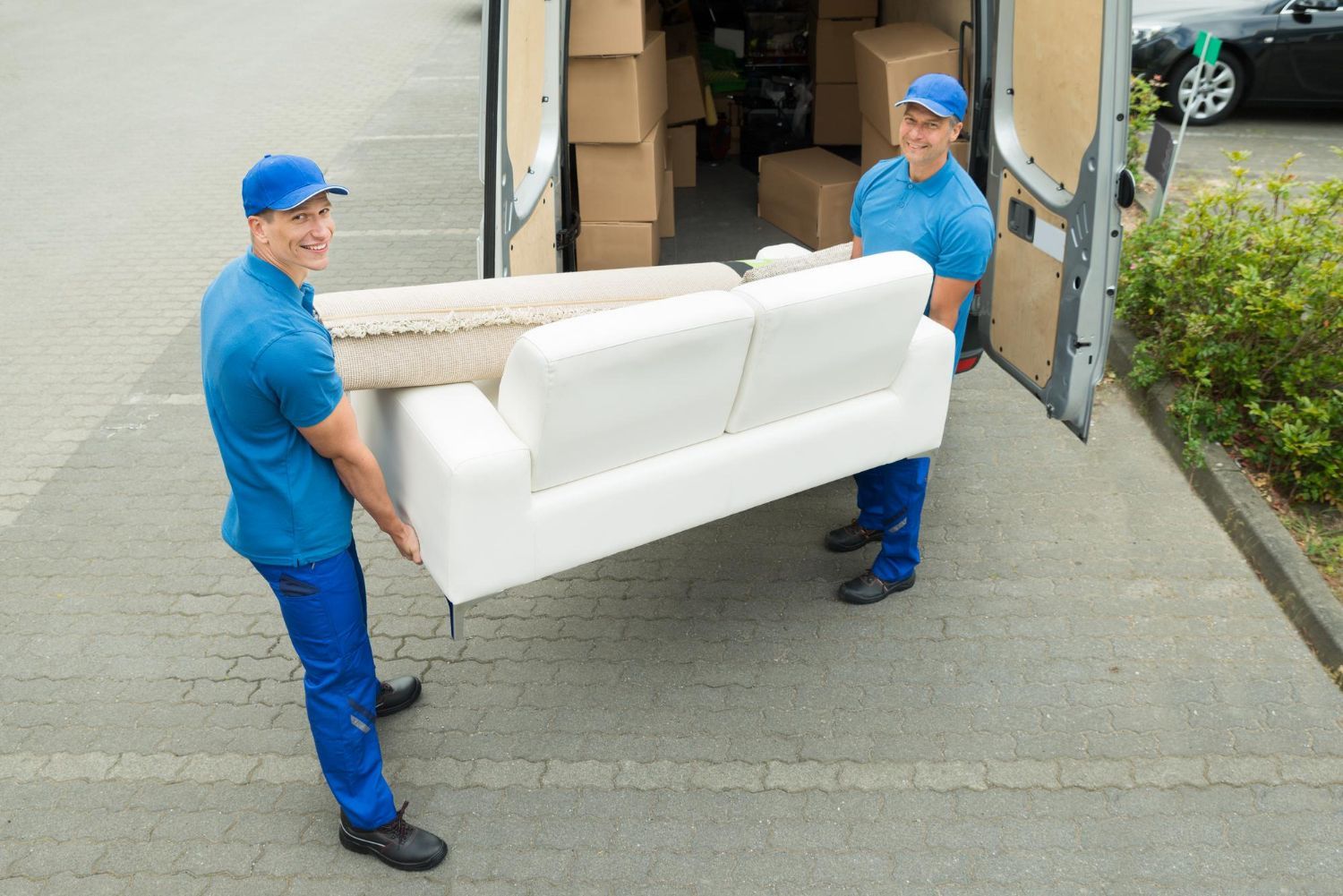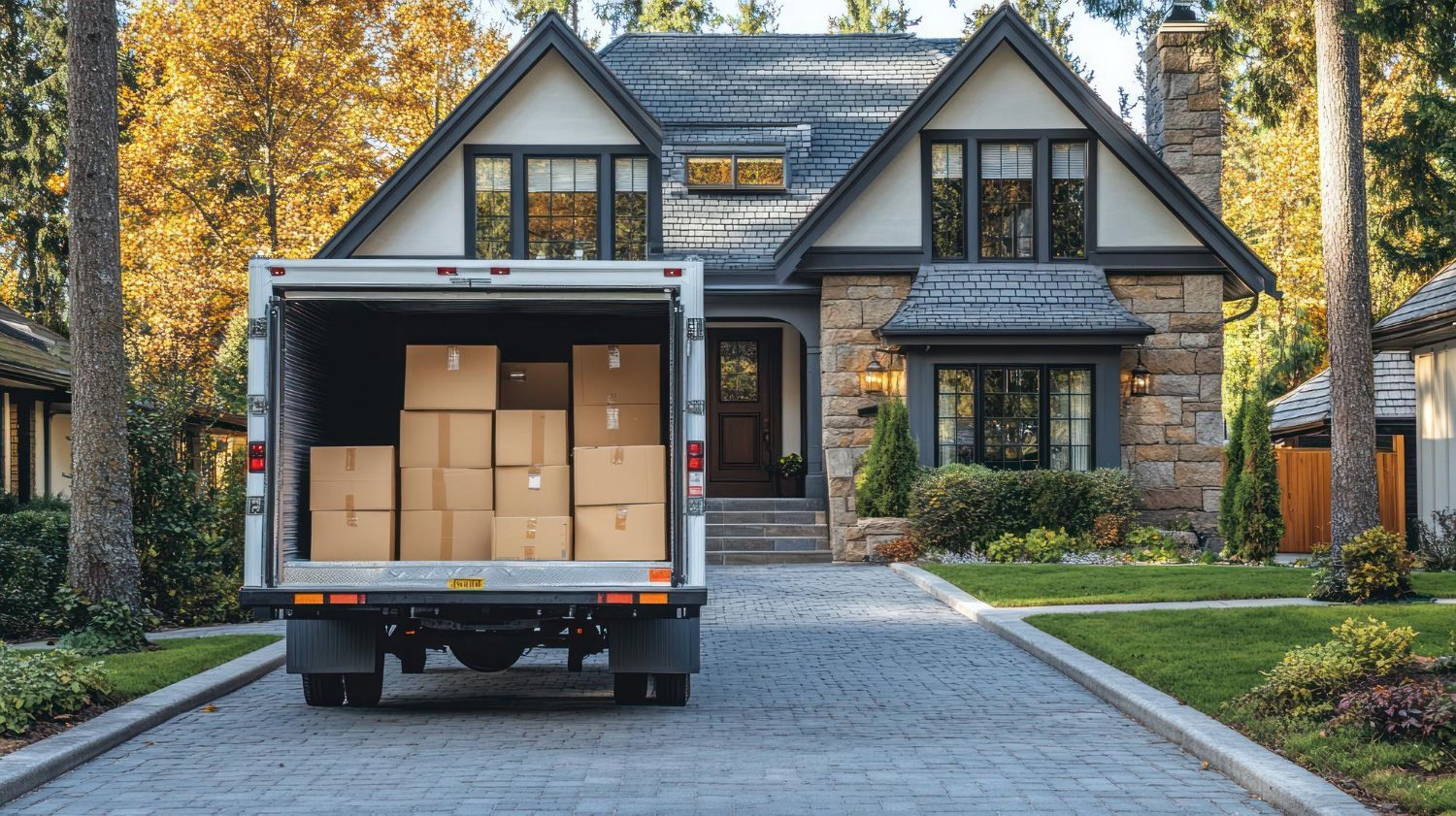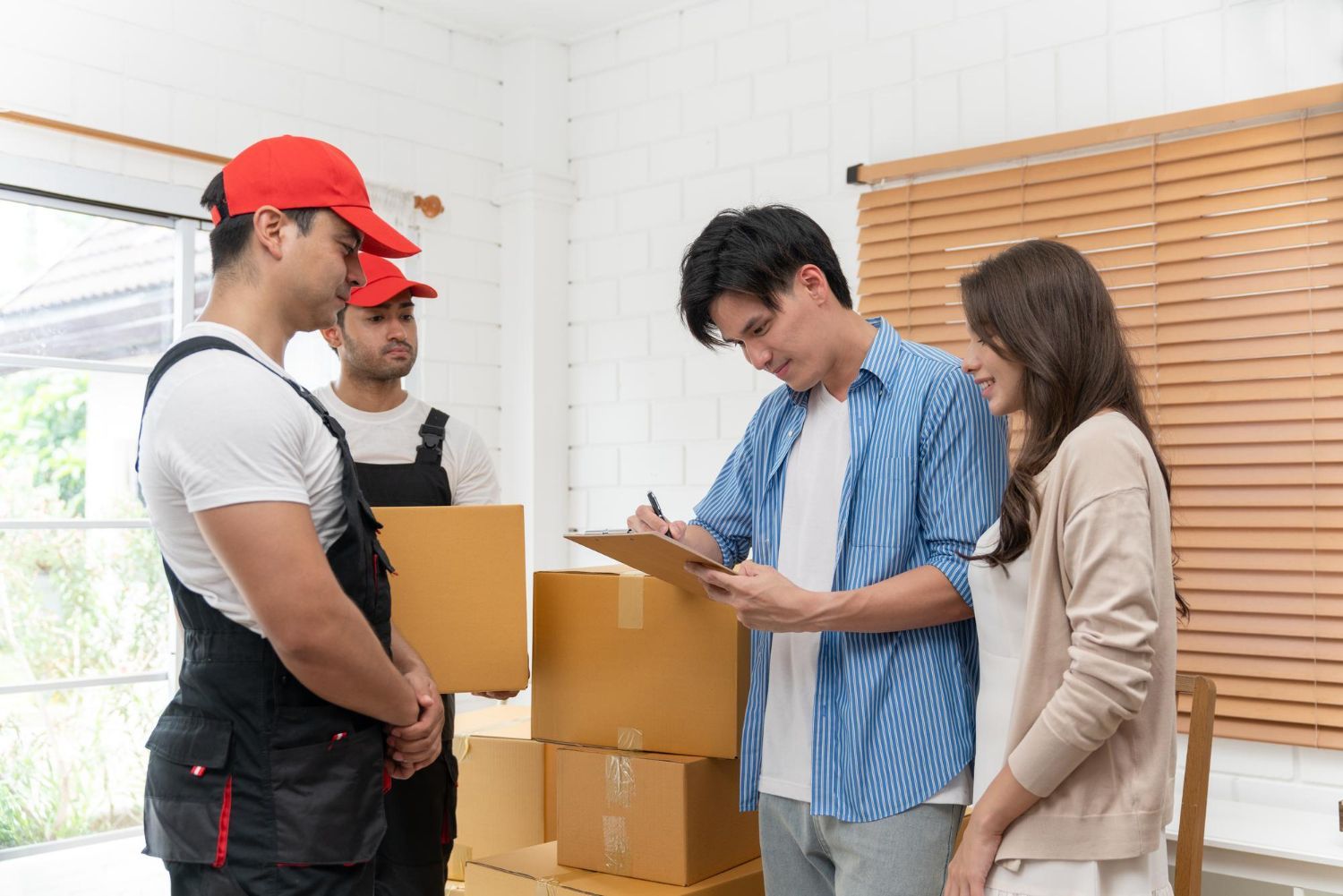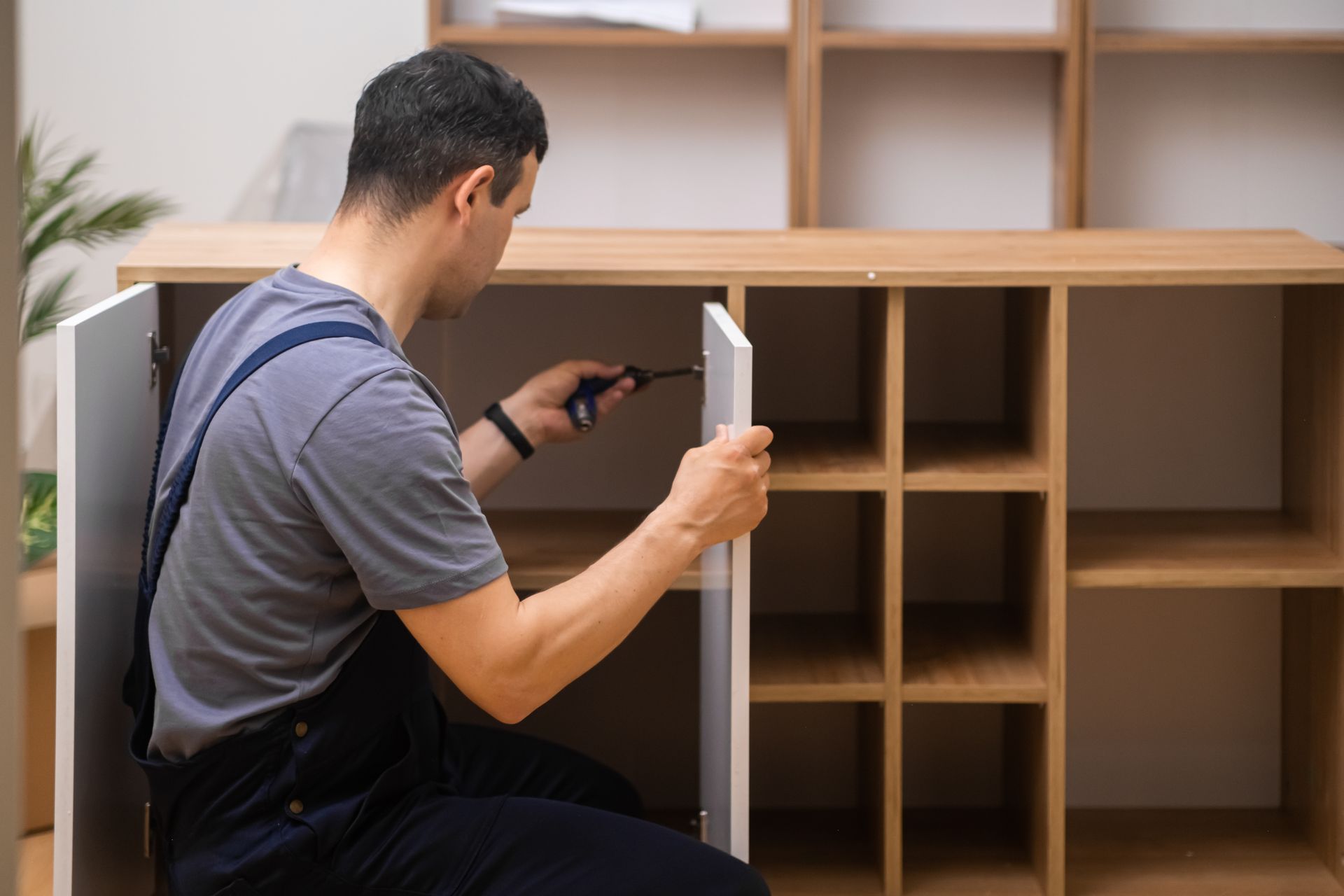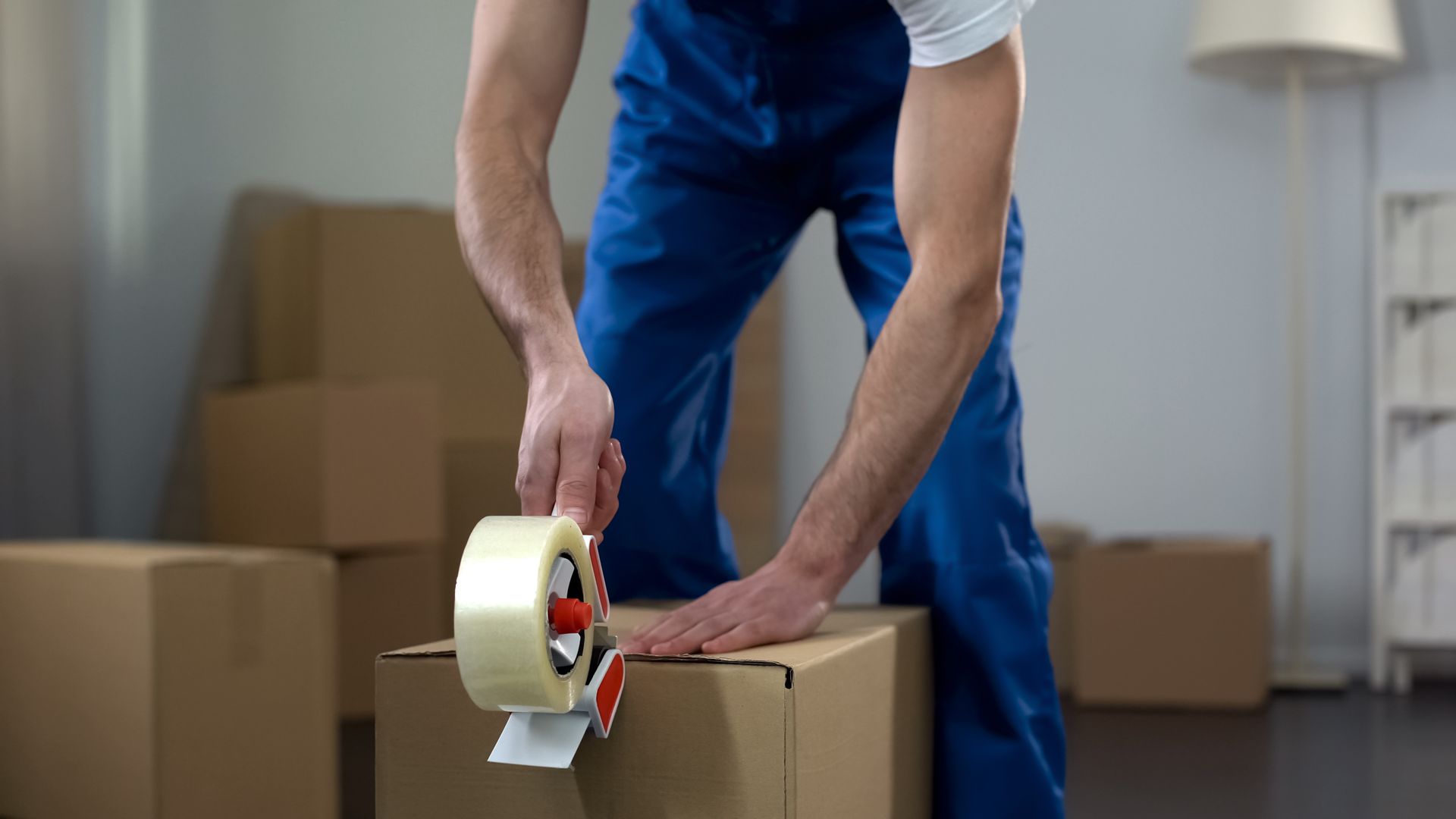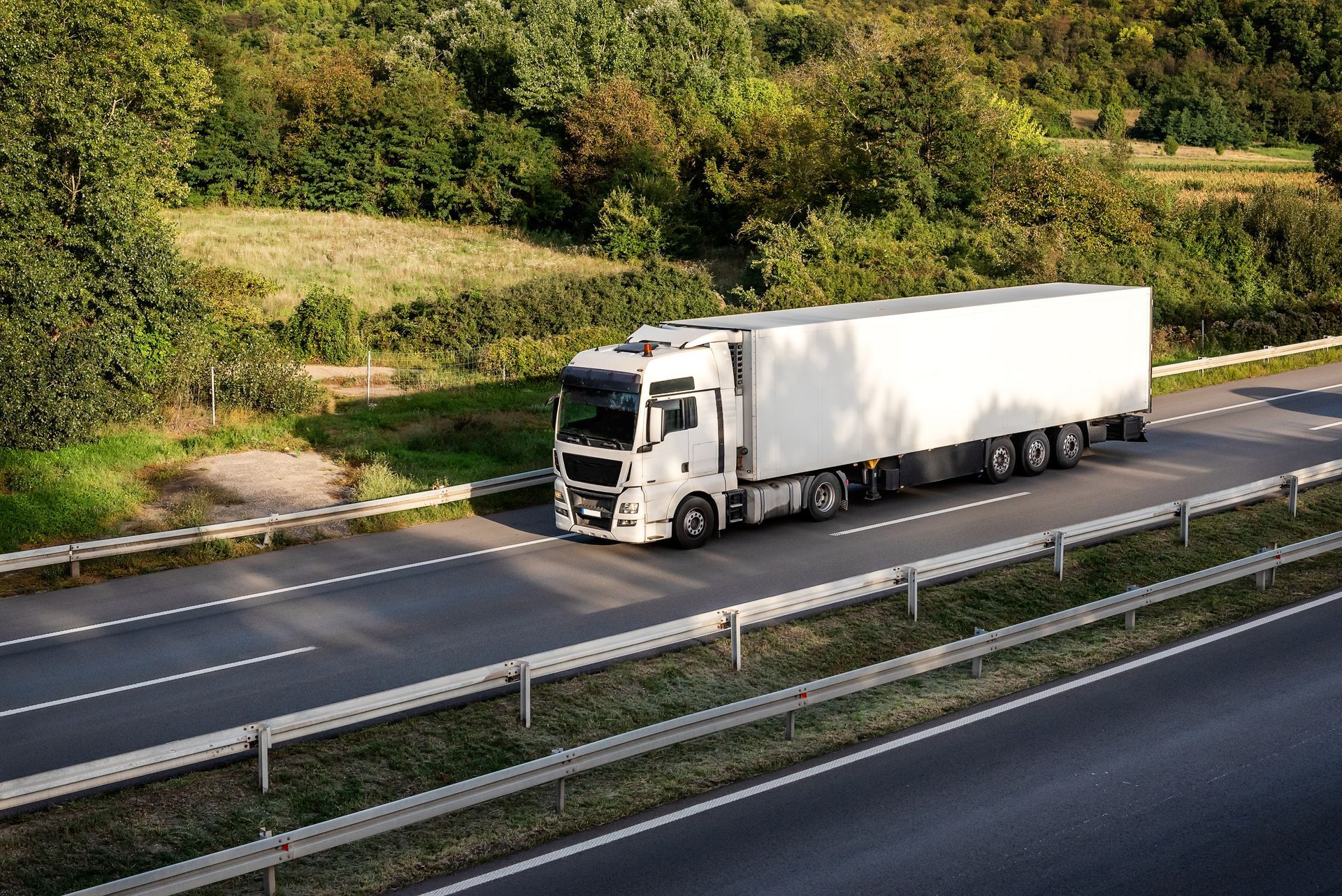Safely Move Your Piano with Professional Techniques
Moving a piano is no simple task. Pianos are not only significant financial investments but also hold sentimental value for many owners. Their size, weight, and delicate components demand a high level of care and expertise during relocation. Whether you are moving to a new home or needing to transport your piano to a different venue, understanding the professional techniques involved can make a world of difference. In this blog, we will explore the essential strategies for a safe piano move, providing you with insights to protect your cherished instrument.
Understanding the Complexity of Piano Moving
Pianos are intricate instruments comprising thousands of parts, including keys, strings, and hammers. The sheer weight of a piano, which can range from 300 to over 1,000 pounds, poses a significant challenge during transportation. Additionally, their bulky shape and size require careful maneuvering through doorways, stairs, and tight spaces. Proper handling techniques and specialized equipment are crucial to prevent damage to the piano and the surroundings.
The Importance of Professional Expertise
Hiring professional movers with experience in handling pianos is highly recommended. These experts possess the necessary skills, equipment, and knowledge to execute a smooth and successful move. Trained professionals understand the intricacies of different piano types, be it an upright, grand piano, or baby grand. They can disassemble components if needed, ensuring even the most complicated moves can be handled safely. Moreover, experienced movers are adept at navigating staircases, corners, and other obstacles that pose challenges during relocation.
Key Equipment for Piano Moving
Professional piano movers utilize specialized equipment to ensure the safe transportation of your instrument. Piano dollies, designed to support the weight and balance of the piano, facilitate movement across flat surfaces. Heavy-duty straps secure the piano during transport, preventing any unwanted shifting. When stairs are involved, ramps are employed to provide smooth and secure navigation. Pianos are also wrapped in protective padding and blankets to safeguard them from scratches and minor impacts.
Steps to Ensure a Safe Piano Move
1. **Assessment and Planning:** The moving process begins with a thorough assessment of the piano and the environment. Movers will evaluate the size and type of piano, as well as measure doorways, staircases, and pathways. This step is crucial in identifying potential challenges and determining the appropriate equipment needed for the move.
2. **Disassembly and Wrapping:** For grand and baby grand pianos, disassembling certain parts, such as the legs and pedals, may be necessary. This disassembly reduces the risk of damage and makes transportation more manageable. Wrapping the piano with specialized blankets and padding helps protect its exterior from scratches and dents.
3. **Moving the Piano Safely:** With the piano secured on a dolly or moving board, professionals carefully guide it through the building. Special care is taken to maintain balance and avoid abrupt movements. When navigating stairs, movers employ ramps or additional equipment to ensure a smooth descent or ascent. Communication among the moving team is key to executing each step safely.
4. **Transportation:** During transport, the piano is secured in the moving vehicle using heavy-duty straps. This prevents any shifting or abrupt jolts from affecting the piano's internal components. The movers drive cautiously to minimize vibrations and impacts that could harm the instrument.
5. **Unloading and Reassembly:** Upon arrival at the destination, the piano is gently unloaded and reassembled, if needed. Movers will carefully position the piano in its designated space, ensuring stability and even weight distribution. An experienced team ensures the piano is tuned and inspected for any potential damage sustained during the move.
Protecting Your Investment: Essential Tips
While professional movers handle the bulk of the work, there are actions you can take to facilitate a safe piano move. Consider the following tips:
- **Communicate Special Needs:** Inform your movers of any special requirements or considerations, such as fragile parts or specific pathways to use.
- **Prepare the Pathway:** Clear the pathway of any obstacles, ensuring a smooth and unobstructed move. Remove rugs, furniture, or other items that could impede the process.
- **Ensure Proper Climate Control:** Pianos are sensitive to temperature and humidity changes. If stored for an extended period, choose a climate-controlled environment to preserve the piano's integrity.
Your Piano Deserves the Best Care
Moving a piano requires meticulous planning, specialized equipment, and expert handling techniques. By enlisting the services of professional piano movers, you ensure your cherished instrument receives the care it deserves throughout the entire process. The knowledge and experience of trained movers provide peace of mind, minimizing the risk of damage and ensuring a smooth relocation.
Get in Touch Today!
At Morris Moving, we understand the importance of your piano and are committed to delivering a seamless moving experience. Our team of experts is equipped with the skills and tools necessary to handle even the most intricate piano moves. From careful packing to safe transport and placement, we take pride in ensuring your piano reaches its new home without a scratch. Don't risk the safety of your valuable instrument—contact us today to schedule your professional piano moving service. Experience worry-free relocation with our trusted team at your service!
